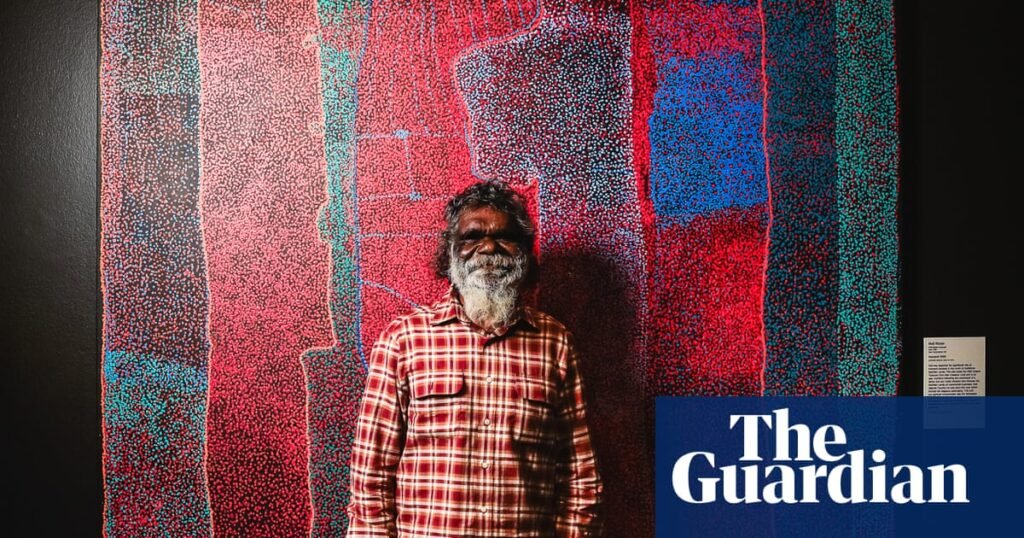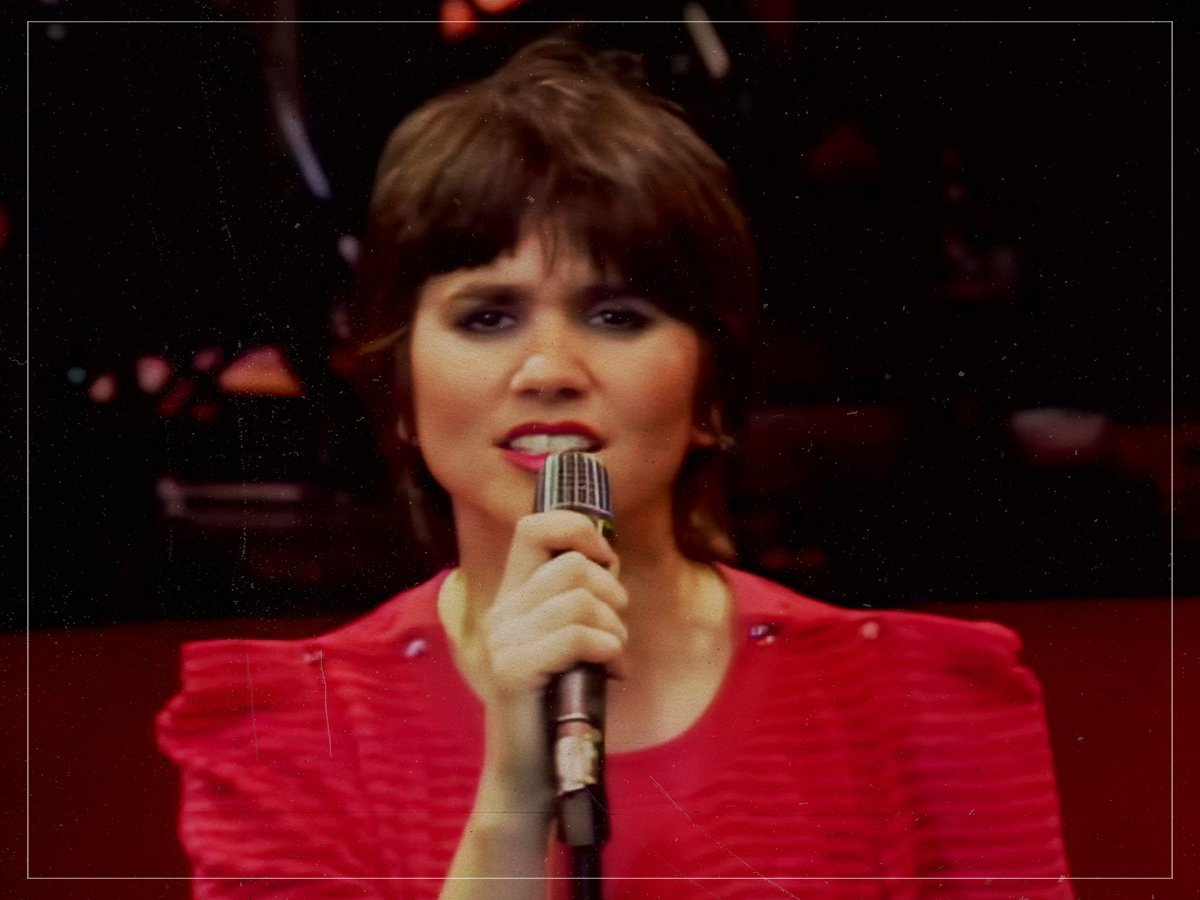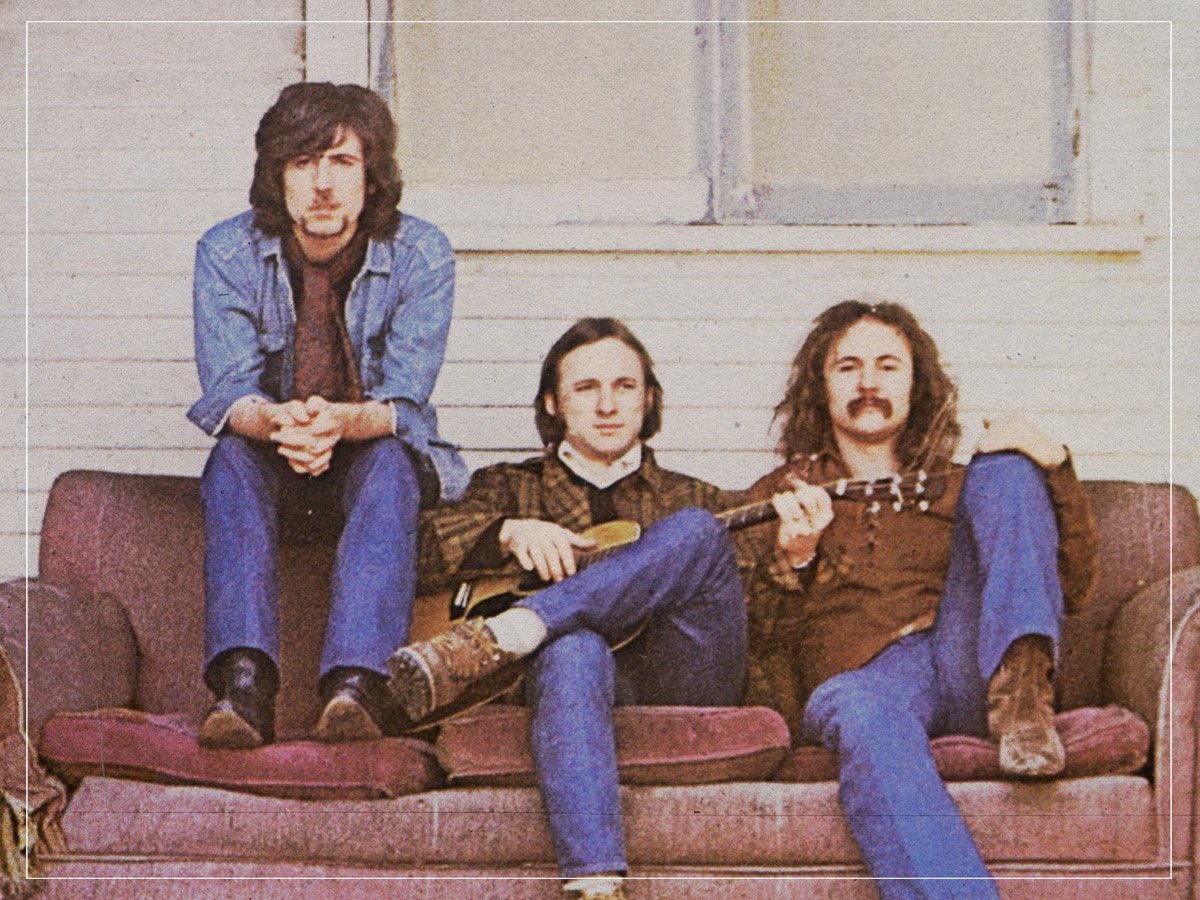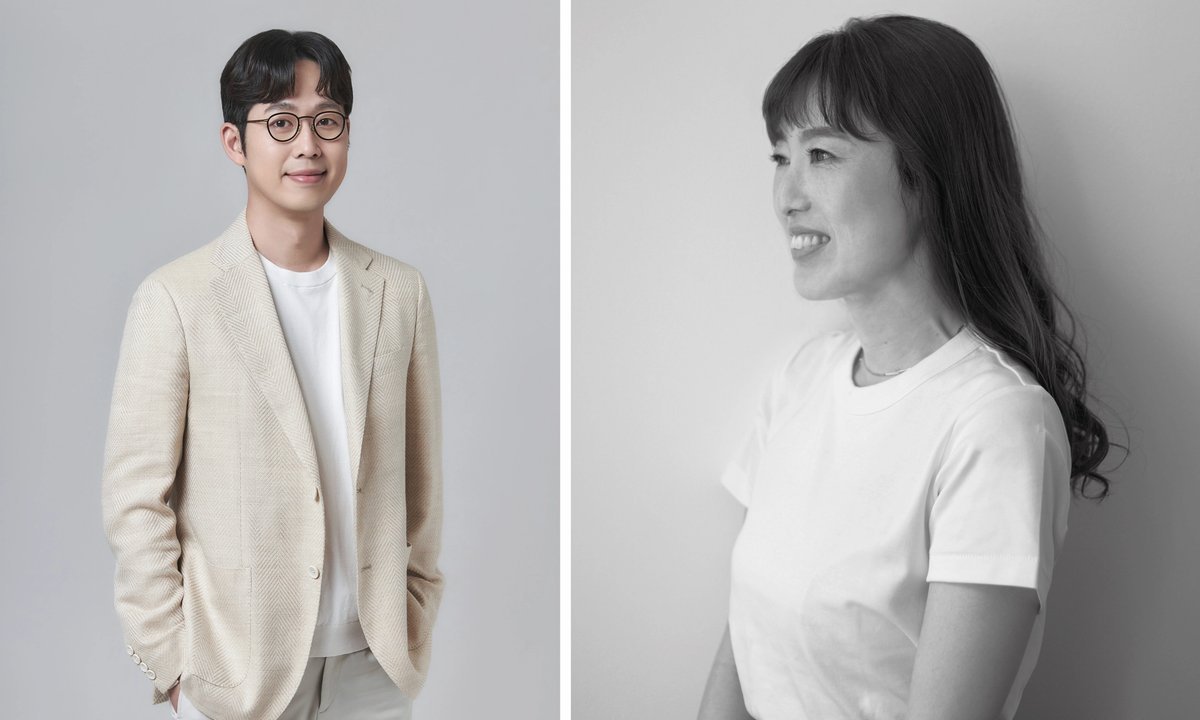A dot painting of song lines depicting the abundant spinifex plains in remote Western Australia has won the 2024 National Aboriginal and Torres Strait Islander art awards (Natsiaa).
Pitjantjatjara artist Noli Rictor’s work Kamanti claimed the $100,000 top prize at Australia’s longest-running and most prestigious Aboriginal and Torres Strait Islander art awards, which is also among the richest in Australian art.
The almost three-metre work depicts Kamanti, a significant site for the Pila Nguru, or Spinifex people. It is the location of the Wati Kutjara Tjukurpa (Two Men Creation Line) story, a narrative that tracks the movements of a father and son water serpent on ceremonial business.
The judges described the work as “truly majestic”, praising Rictor’s use of colour and composition: “At times the paint dances on the canvas’ surface; disrupting the eyes’ ability to focus, giving the work a truly mesmerising appeal from its painterly merits.”
Rictor said, through a translator, that winning made him “so happy”.
“It’s my country. It’s the same country that I lived on as a young fella, and I drank from those rock holes and now everyone’s taking photos of them,” Rictor said.
Rictor is considered the youngest “first contact” Aboriginal person in Australia, his family having been located by relatives in 1986 in the Great Victoria Desert of Western Australia. In his 20s, he relocated from the remote desert to Yakadunya, where Spinifex people had relocated due to nuclear testing at Maralinga.
He comes from a long line of painters, who transferred oral stories of their birthplaces into paintings during the early 90s to prove their sovereignty.
Adam Worrall, director of the Museum and Art Gallery of the Northern Territory, described Rictor’s work as a “testament to his exceptional talent and deep connection” to his Country.
There were 72 finalists at this year’s Natsiaas, more than half of them women and 21 classified as emerging artists.
“The artworks shared through Telstra Natsiaa continue to inspire and captivate audiences, showcasing the incredible diversity and depth of artistic expression found across Australia,” Worrall said.
Wakka Wakka, Butchulla and Gooreng Gooreng artist Shannon Brett won the works on paper category for her print, An Australian Landscape 2024.
The image shows lush green mountains rolling in the background, juxtaposed by a highway barrier covered in racist expletives and a swastika painted on the road in the foreground.
Brett said she cried while taking the photos, which she stitched together, in far-north Queensland.
after newsletter promotion
“Just before I arrived at community, I was confronted with this scene, so I was quite shocked, saddened,” Brett said. “Through this artwork, I want to reframe the way that we receive racism – I want those who do these cruel things to see the pain in themselves.”
“This work is so layered,” she added. “I want to get rid of the graffiti, I want [Country] to go back to the way it was, without even the road barrier … I really see it as a crime scene.”
Walmajarri and Bunuba woman Natalie Davey won the multimedia category for River report, a 10-minute video work created from videos she posted to Facebook during the 2023 floods in the remote community of Fitzroy Crossing, where she lives.
The 2023 floods engulfed the area in a way the local community had never seen, she said, and the vlog-style footage reflects the wider panic as the waters rose.
“There was a point where the water had come in so quickly, and then it stopped, and then you knew it could not spread out any more, so you were just waiting for it to rise,” she said.
Other winners include Mangala artist Lydia Balbal, who won the general painting award for her work Keeping up with the Balbals, which is painted on a car bonnet; Wurrandan Marawili, who won the bark painting category for Rumbal, the body/the truth; and Obed Namirrkki, who won the category for three dimensional works, the Wandjuk Marika Memorial 3D award, for Kunkurra, a stringybark work painted with earth pigment.
The Natsiaas have been running since 1983. This year’s winners were announced at a ceremony on Larrakia country in Darwin on Friday night.
The Natsiaa exhibition at the Museum and Art Gallery of the Northern Territory is open until 27 January 2025.






